-
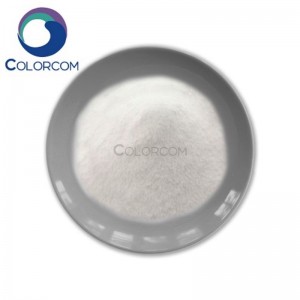
Uridine | 58-96-8
Product Description Uridine is a pyrimidine nucleoside that serves as a fundamental building block for RNA (ribonucleic acid), one of the two major types of nucleic acids essential for the storage and transmission of genetic information in cells. Chemical Structure: Uridine consists of the pyrimidine base uracil attached to the five-carbon sugar ribose via a β-N1-glycosidic bond. Biological Role: RNA Building Block: Uridine is a critical component of RNA, where it forms the backbone of R... -
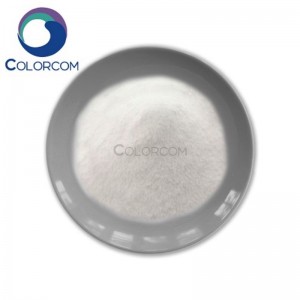
Adenosine 5′-monophosphate | 61-19-8
Product Description Adenosine 5′-monophosphate (AMP) is a nucleotide composed of adenine, ribose, and a single phosphate group. Chemical Structure: AMP is derived from the nucleoside adenosine, where adenine is linked to ribose, and an additional phosphate group is attached to the 5′ carbon of ribose through a phosphoester bond. Biological Role: AMP is an essential component of nucleic acids, serving as a monomer in the construction of RNA molecules. In RNA, AMP is incorporat... -
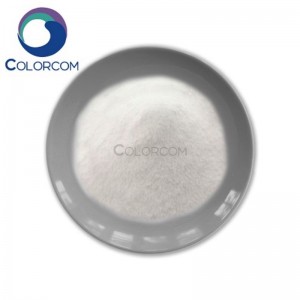
Adenosine | 58-61-7
Product Description Adenosine, a nucleoside composed of adenine and ribose, has several important applications in medicine and physiology due to its physiological effects on various systems in the body. Cardiovascular Medicine: Diagnostic Tool: Adenosine is used as a pharmacological stress agent during cardiac stress tests, such as myocardial perfusion imaging. It helps assess coronary artery disease by inducing coronary vasodilation, mimicking the effects of physical exercise. Treatment... -

Cytidine | 65-46-3
Product Description Cytidine is a nucleoside molecule composed of the nucleobase cytosine linked to the sugar ribose. It is one of the building blocks of RNA (ribonucleic acid) and plays essential roles in cellular metabolism and nucleic acid synthesis. Chemical Structure: Cytidine consists of the pyrimidine nucleobase cytosine attached to the five-carbon sugar ribose through a β-N1-glycosidic bond. Biological Role: Cytidine is a fundamental component of RNA, where it serves as one of th... -

Adenosine 5′-triphosphate disodium salt | 987-65-5
Product Description Adenosine 5′-triphosphate disodium salt (ATP disodium) is a form of adenosine triphosphate (ATP) in which the molecule is complexed with two sodium ions, resulting in enhanced solubility and stability in solution. Chemical Structure: ATP disodium consists of the adenine base, the ribose sugar, and three phosphate groups, similar to ATP. However, in ATP disodium, two sodium ions are associated with the phosphate groups, improving its solubility in water-based sol... -

Adenosine 5′-triphosphate | 56-65-5
Product Description Adenosine 5′-triphosphate (ATP) is a critical molecule found in all living cells, serving as a primary source of energy for cellular processes. Energy Currency: ATP is often referred to as the “energy currency” of cells because it stores and transfers energy within cells for various biochemical reactions and processes. Chemical Structure: ATP is composed of three components: an adenine molecule, a ribose sugar, and three phosphate groups. The bonds b... -
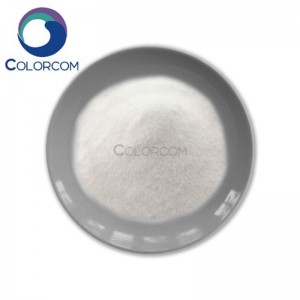
Fructose-1,6-Diphosphate Sodium | 81028-91-3
Product Description Fructose-1,6-diphosphate sodium (FDP sodium) is a chemical compound that plays a crucial role in cellular metabolism, particularly in energy production processes like glycolysis. It is derived from fructose-1,6-diphosphate, a key intermediate in the breakdown of glucose. Metabolic Role: FDP sodium participates in the glycolytic pathway, where it helps break down glucose molecules into pyruvate, producing energy in the form of ATP (adenosine triphosphate). Clinical Use... -

Mitomycin C | 50-07-7
Product Description Mitomycin C is a chemotherapy medication used primarily in the treatment of various types of cancer. It belongs to a class of drugs known as antineoplastic antibiotics. Mitomycin C works by interfering with the growth and replication of cancer cells, ultimately causing their death. Here are some key points about Mitomycin C: Mechanism of Action: Mitomycin C works by binding to DNA and inhibiting its replication. It cross-links DNA strands, preventing them from separat... -
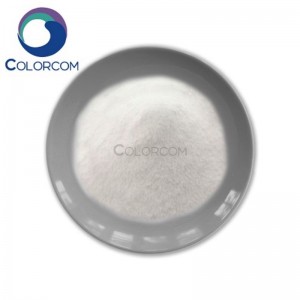
Citicoline | 987-78-0
Product Description Citicoline, also known as cytidine diphosphate-choline (CDP-Choline), is a naturally occurring compound found in the body and is also available as a dietary supplement. It plays a crucial role in brain health and function. Citicoline is composed of cytidine and choline, which are precursors to phospholipid synthesis, essential for the structure and function of cell membranes. Citicoline is believed to offer several potential benefits, including supporting cognitive fu... -

Citicoline Sodium | 33818-15-4
Product Description Citicoline Sodium, also known simply as citicoline, is a compound that is naturally found in the body and is also available as a dietary supplement. It is composed of cytidine and choline, which are essential nutrients for brain health and function. Citicoline is believed to have several potential benefits, including: Cognitive Support: Citicoline is thought to support cognitive function by enhancing the synthesis of phospholipids, which are crucial for the structure ... -

Chloromethane | 74-87-3 | Methyl chloride
Specification: Item Specification Assay ≥99.5% Melting Point −97°C Density 0.915 g/mL Boiling Point −24.2°C Product Description Chloromethane is mainly used as raw materials for silicone, also used as solvents, refrigerants, fragrances, etc. Application (1)Synthesis of methylchlorosilane. Methylchlorosilane is an indispensable raw material for the preparation of silicone materials. (2)It is used in the production ofquaternary ammonium compounds... -

PMIDA | 5994-61-6
Specification: Item Specification Assay ≥98% Melting Point 215°C Density 1.792±0.06 g/cm3 Boiling Point 585.9±60.0°C Product Description PMIDA is an organic substance, slightly soluble in water, insoluble in ethanol, acetone, ether, benzene and other organic solvents. Can form salts with alkalis and amines. Application (1)PMIDA is an intermediate of glyphosate. (2)It is the main raw material for the production of broad-spectrum inactivating pos...

